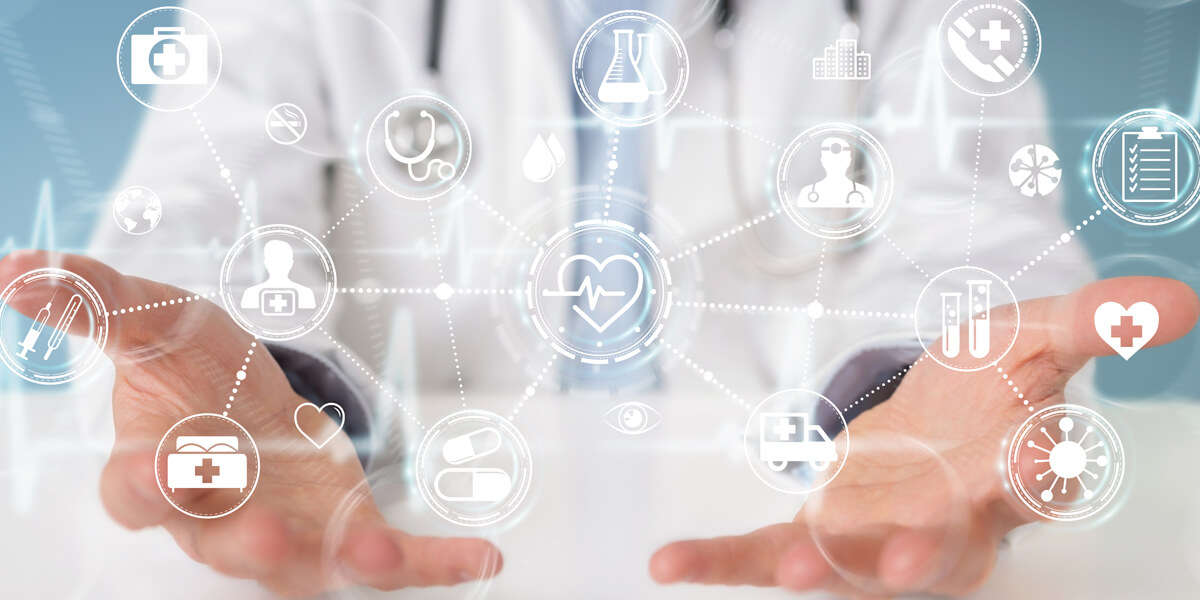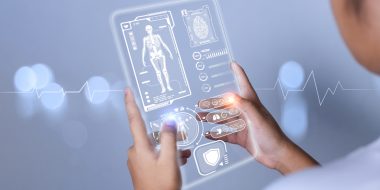The recent pandemic caused unprecedented challenges caused for medical device providers. To address these they implemented disruptive innovations such as AI, ML, and 3D printing solutions in their products. Consequently, it transformed the way of treatment and data management among healthcare stakeholders.
Meeting the needs of growing trends in healthcare, medical device providers are concentrating on connected consumer health propositions that help patients take care of their health at home and facilitate data sharing with caregivers and healthcare providers remotely.
Developed medical device markets like the US, Europe, Japan, and Australia are well-versed with several advanced technologies and techniques. However, in developing regions including the Asia Pacific and the Middle East, most medical device markets are in the nascent stages in terms of innovative technologies.
Medical Device Trends 2023
The key trends transforming the medical device industry include medical robots, 3D printing, 5G technology, wearables, cybersecurity, and the Internet of Medical Things. Here’s a deep dive into each of them:
1. Internet of Medical Things (IoMT)
IoMT plays an instrumental role in the medical device industry. This advanced technology helps healthcare systems reduce costs, improve the quality of treatment, and enable accurate disease risk identification among patients. In this vein, 2016 saw IBM Watson Health collaborate with Medtronic and develop a cognitive app (Sugar IQ) that helps in detecting behaviors that influence glucose levels in the patient’s body and helps in sending relevant insights to users.
In 2015, Dexcom (developer of continuous glucose monitoring systems) collaborated with Verily life sciences (formerly Google Life sciences) and developed miniature CGM (continuous glucose monitoring) systems that help people manage Type II diabetes. They mainly focused on minimizing the cost and size of CGM body-worn components. Also, they enable patients to control their diabetes in a timely manner by providing actionable information and insights.
2. Medical robots
To address the shortage of nurses and healthcare providers, medical device companies especially in developed countries are introducing medical robots that help doctors perform surgeries more effectively and efficiently. In addition, during the pandemic, medical robots targeted in-house patients and protected healthcare workers from infectious contaminations.
This technology also helps doctors and specialists have endless telepresence during the diagnosis and treatment of patients.
In 2022, Worcester Polytechnic Institute developed remote-controlled medical nursing robots named “Humanoid” that helped home quarantine patients and doctors during the shortage of nurses.
3. Wearable devices
The surge in demand for wearable technologies during the COVID-19 pandemic and increasing awareness about personal health monitoring devices are expected to be major market drivers in the healthcare industry.
Smartwatches and smartphones are going to be the most popular wearable devices globally. Companies are now working on manufacturing smart clothing, smart helmets, smart glasses, and smart implants for patients. These devices also help in monitoring the heart rate, calories burned, sleep tracking, blood pressure, and blood oxygen level.
In 2019, Samsung planned to develop a smart shirt that can monitor the lung activity of respiratory disease patients. The sensor-embedded shirt connects to the smartphone and can diagnose asthma, pneumonia, bronchitis, and COPD.
In 2022, Facebook’s new parent company Meta, planned to develop a new smartwatch with health-tracking features along with an integration of apps like WhatsApp and Instagram.
Like smartwatches and smart bands, there are also hearable use smart sensors and microchips that help in monitoring personal health data. These hearable smart devices can link to smartphones via Wi-Fi, mobile data, and Bluetooth. Smart hearable devices are expected to be fast-selling products among all wearable devices because they allow people to enjoy or listen to music while monitoring their health.
4. Cybersecurity
Most medical device companies are facing an increasing number of cybersecurity threats. Quite a few medical devices today are connected to hospitals and homes. These are for real-time monitoring of the patient’s health status by healthcare providers. However, with an increased dependence on technology and rapid digitization, healthcare cybersecurity has become an area of primary concern and investment.
In addition, investment in the field of cybersecurity technology is rising because employees are working remotely. As a result, recent innovations in medical devices involve the adoption of a more proactive defensive approach, such as machine learning and artificial intelligence (AI) to locate and analyze the growing landscape for attacks.
Read More: Concept testing medical devices: Key questions it must answer
5. 3D Printed medical devices
The growing acceptance of 3D printing technology has created significant opportunities in the surgical equipment and medical implants industry.
3D printing played an instrumental role during the COVID-19 pandemic due to its accessibility and rapid prototyping capabilities. This in turn helped in addressing the shortages of crucial medical and protective equipment globally.
Companies such as Coalesce use 3D printing to create accurate prototypes of medical devices and this technology can enhance the design process in days instead of weeks by emphasizing complex designs of medical devices.
In 2021, Stratasys, a 3D printed medical device company entered into an agreement with Bone 3D, a French MedTech start-up. This technology is expected to help the front-line medical professionals of France market.
Moreover, 3D printed medical devices have immense growth potential in the orthopedics and dentistry segment in the coming years.
6. 5G Technology
5G technology offers essential levels of connectivity to a new health ecosystem. This ecosystem is capable of meeting patient and provider needs accurately, conveniently, and cost-effectively. The benefits of 5G technology have been demonstrated in many areas of healthcare. These include telehealth, remote surgery, data transfer, tracking patient movements, and using wearable devices for real-time monitoring. Also, providing continual treatment information and support to patients. Medical firms intend to target the elderly population, who prefer to receive treatment at home, by utilizing 5G technology.
In 2020, the Veterans Affairs Healthcare System in the US adopted 5G technology in their hospital. This was to treat patients by using remote patient monitoring and to enhance the use of telemedicine services.
2023 is looking promising and quick-witted for the medical device industry with a captivating collaboration of technologies from various segments to offer cost-effective, innovative, and life-saving expertise medical solutions. Various global medical and healthcare firms partner with Netscribes to get actionable and valuable insights to inform their way forward. For a detailed analysis of current medical device trends and innovations in the medical devices industry, contact us at info@test.netscribes.com
Based on insights by Preeti Kumari, Manager, Research and Information, Healthcare.






